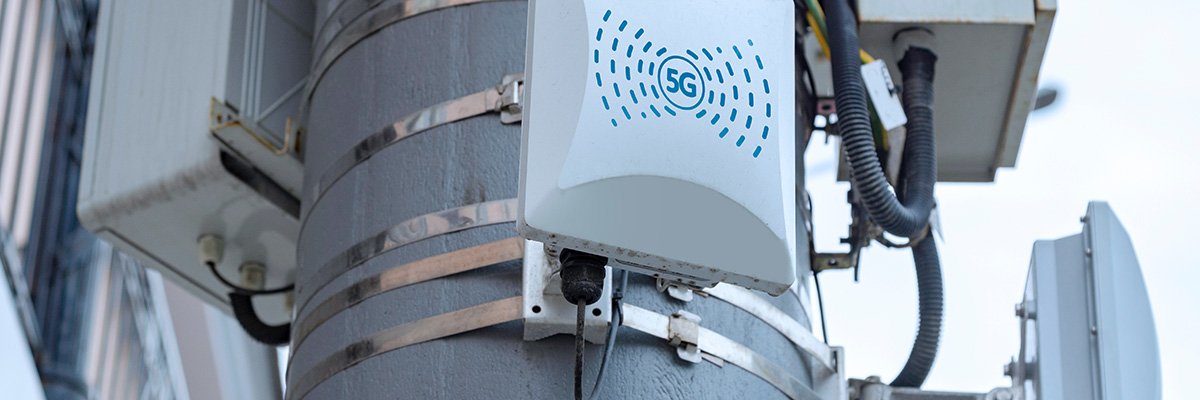Government initiatives, enterprise digital transformation efforts, and growing demand for high-performance connectivity needed for evolving application areas such as smart manufacturing, autonomous mobility and cloud gaming have come together to accelerate standalone 5G deployments and drive 5G service adoption in the Asia-Pacific region, research from GlobalData has found.
According to the analyst’s Asia-Pacific Total mobile broadband forecast model (Q3 2025) report, 5G uptake in the Asia-Pacific region is set to accelerate at a compound annual growth rate (CAGR) of 11.4%, from 2.7 billion in 2025 to 4.6 billion in 2030. This growth, said the analyst, reflects the rapid adoption of low-cost 5G devices, continued network roll-outs in markets such as India, Malaysia and Thailand, and forthcoming service launches in Pakistan and Sri Lanka.
Data in the report showed that China will remain the largest 5G market in the world through the forecast period, with about 75% of its total mobile subscriptions to be on a 5G network in the country by 2029, primarily driven by investments and the local regulator’s efforts to expand 5G service coverage to rural areas and industrial parks, and boost 5G adoption. To that end, the study also showed that China had deployed about 4.2 million 5G base stations in 2024 and increased the count to 4.6 million by the end of September 2025, further enhancing its network capacity and reach.
“Governments and telecom regulatory bodies in Australia, China, India, South Korea, Japan and Taiwan have launched national 5G strategies/action plans, outlining the vision and guidelines to establish 5G ecosystems and drive 5G coverage expansions,” commented GlobalData telecom analyst Sarwat Zeeshan.
“These action plans include supporting initiatives such as public sector investment in 5G applications, favourable tax incentives, forums for industry-government collaboration, promotion of 5G-led technological innovations, and licence arrangements to enhance spectrum use and reuse.
The ongoing 5G network expansions by telecom operators in APAC markets will also lend traction to the market, said GlobalData. It noted that, according to global mobile trade association the GSMA, telcos in the APAC region are planning to invest $254bn in network infrastructure through 2030, with the major focus on 5G deployments.
These 5G network expansions – including the launch of 5G-Advanced/5.5G networks – are regarded in the market study as presenting revenue generation opportunities for telcos, by allowing them to generate higher revenues by selling premium 5G mobile plans and offering enterprise connectivity solutions such as private 5G. GlobalData believes the synergies between 5G’s speed and reliability, and emerging technologies such as artificial intelligence (AI), data analytics and machine-to-machine/internet of things M2M/IoT will allow telcos to be innovative and grow their customer base in industry verticals such as health, manufacturing and mining.
“APAC has become the centre of the technological race for 5G+ supremacy,” added Zeeshan. “South Korea, Japan and China have gone beyond just the deployment of 5G to the development of the wider 5G ecosystem, thereby supporting the manufacturing and IT industries in these countries and driving IoT/M2M opportunities.”
In a separate report, Global Data said China’s cellular M2M/IoT connectivity market will expand steadily over the coming half-decade, with subscriptions projected to grow at a CAGR of 7% between 2025 and 2030, driven by emerging use cases across various industry segments, 5G infrastructure developments by telcos and “comprehensive” M2M/IoT service offerings.
It added that a large manufacturing base and widespread digitisation in the manufacturing sector, along with a growing number of digital factories that demand a high level of automation and connectivity for real-time monitoring and predictive maintenance of machines, will continue to favour growth in the M2M/IoT market.










